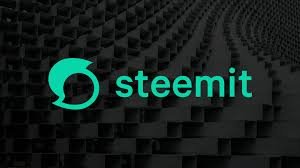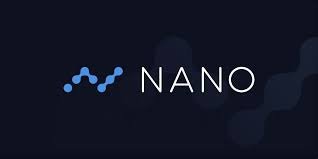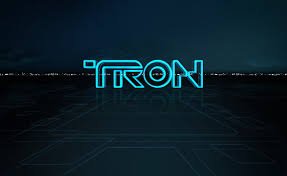Different types of Consensus Mechanisms - Steemit Crypto Academy Season 5 - Home lwork Post for Task 6. Club75

Greetings professor @sapwood, trust you are doing just fine? Here is my assignment on Different types of Consensus Mechanisms
The way and manner an information is recorded in a way that it is very difficulty for someone to change, hack or cheat the system is known as a Blockchain. It is quite a digital database of transactions which is distributed across the whole the network on the computer systems on the blockchain. Blockchain is called Distributed Ledger Technology (DLT) because, the foundation of a fixed database or records of transactions that can not be changed or tempered.
This helps to make sure that all nodes on the blockchain network cannot make use of the same time and rate and make sure it's transactions are legitimate. All Blockchain network cannot use the same consensus mechanism because each applications has their different outcome and desire.

Source
I will be listing some types of consensus mechanism which are, Proof of Work (PoW), Prof of Stake (PoS), Delegated Proof of Stake (DPOS), Proof of Capacity (POC), Proof of Elapsed Time (PoET), Proof of Indentity (POI), Proof Authority POA) and so on.
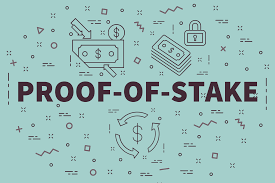.png) Source
SourceProof Stake (POS)
This is a concept where someone can confirm or mine block transactions based on how many coin they hold. This implies the more coin they Altcoins they posses the more benefit they get. It is an alternative to Proof of Work which is the first algorithm on the blockchain.
- There is a reward system for stakers when they stake, the receive coins as rewards for participating and contributing to the system
- Users on POS stakes their coin from their wallets and contribute to the system
- Uses dont need have a massive mining operations but can earn much rewards just by staking and hold a conf a coin
- Scalability: POS has not improve in Scalability. Network delay and the size of the blocks are still a limiting factors.
- It does not need any form of special equipment to participate in the Blockchain network
- It is flexible and provides fast and less fee transaction processing.
- Any Token on POS requires locking up staked token for a les period of time.
- Users in possession of many coins can have more influence on transactions verification. Due to the cost of hardware is low, the users has no need to spend their coins making the users increase in wealth due to they have accumulated coins overtimes.
- They are less prone to 51% attacks due to their security is not yet proven.
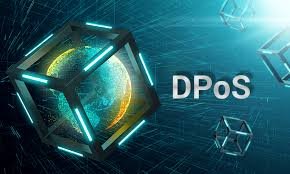.jpeg) Source
SourceDelegated Proof of Stake (DPOS)
This is the type of consensus algorithm whiçh work is to maintain indisputable agreement on blockchain, to confirm transactions and behave like a digital democratic system and a system based on reputation. All users In DPOS has a say in what happens on the blockchain.
Fast and Scalable:
DPOS provides a faster way of processing transactions than Proof of Stake. It is the best alternative for applications that needs a high level of ScalabilityFor Better Disbursement of Funds:
Users on DPOS benefits very well from the network. Users will vote for the delegates that rewards them all the time making both the delegates and the users benefitsReal-Time Voting Security
Users on DPOS, can eventually detect a malicious act from a delegaté, the delegate caught in the act can be voted out of the networkLess Hardware:
In DPOS, users don't need a special and costly equipment to participate just your PC is powerful enoughEnergy Efficient:
Delegated Proof of Stake don't consume energy the way Proof of Stake doesFlexibility:
It is open for more creativity and flexible approach to solve problems. It also provides a basis of applying captivating governance models in blockchain applications
To Organized an Attack Is Easy:
Reasons why it is easy to organize an Attack on DPOS is that they have few people incharge of making the network work- Users voting power is determined by how many coins they posses. This implies that, users with large coins gets vote than users with fewer coins
- Without the engagement of more people in the system, the system will not function as it suppose to function
- Delegates can form cartels by focusing on the role of confirmation into a smaller number of hands making it less decentralized and less resilient.
The common difference between the two is that POS encourages it's users to validate network data and provide a maximum security through a process of collateral staking. While DPOS have similarities with POS bit DPOS uses a voting and delegating mechanism that it's process more democratic. This implies that if a messes up is likely to be voted out from the system.
| POS | DPOS |
|---|---|
| It is less scalable | It is more scalable |
| Only users with high stakes gets the opportunity to be selected in the blockchain network | Every users have the same right to vote and to be voted for |
| It is a complete decentralized system | It is less decentralized |
| It has a transaction fee attached to it | No fess attached to it |
Bitshares: Can transact a total number of 10,000 transactions per seconds. It transact more transactions more the Visa and Master card combined.
Steemit:
This a social media network that can transact up to 1000 transactions per second. And it's scaling rare is above Bitcoin and Ethereum.
Worbli: This is to facilitate business and individuals. It is efficient, Scalable and accessable. It Scalability is 4,000 transactions per second.
Nano: It can transact up to 1000 transactions in a second. It is a fast growing network with no fee attached to it.
Tron was created by Justin Sun . He created the Tron ecosystem in September 2017and bought Steemit in 2020. It rewards it's member by voting and their rewards are determined by the SR they voted for.
I hope I have thrown more light concerning the differences between PoS and dPoS. In conclusion, for a decentralized system, dPoS is not a good idea (unfortunately).
Sort: Trending
Loading...


